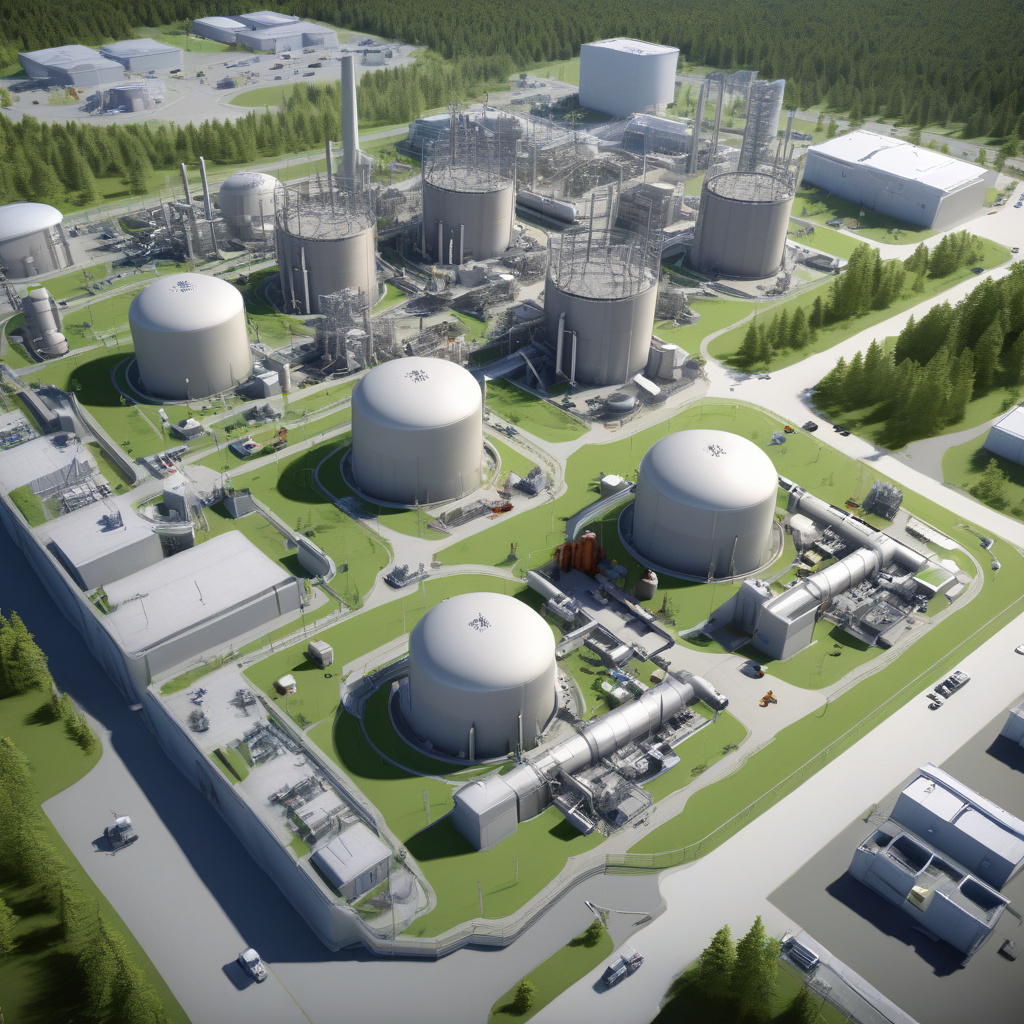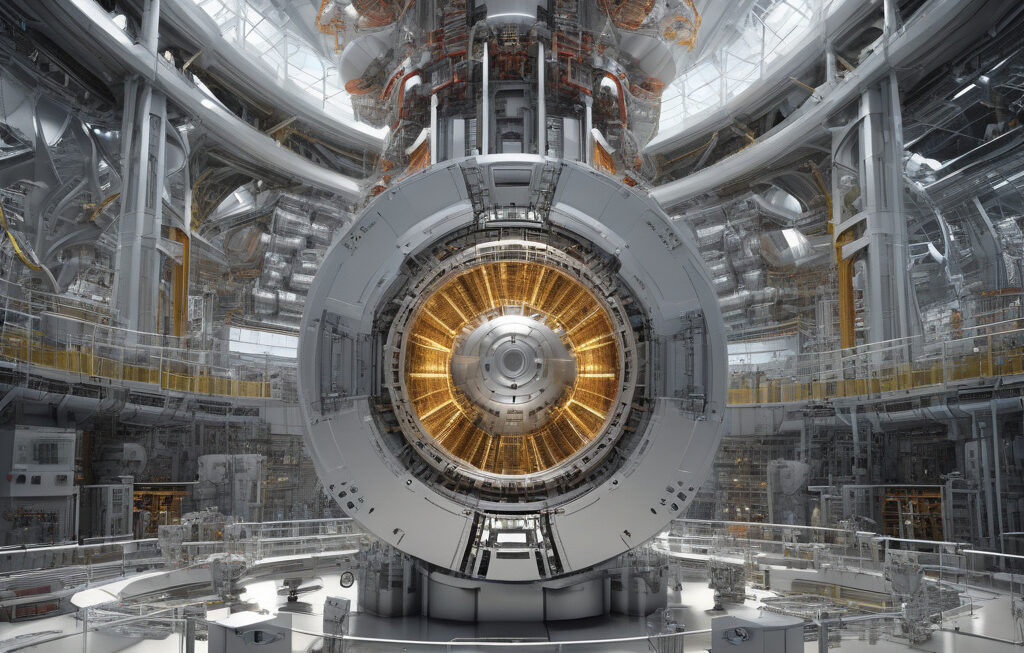US Firm Plans 10 GW Nuclear Power from Small Reactors at Retired Energy Sites
A Florida-based energy firm has planned to deploy small modular reactors (SMRs) at the Palisades nuclear power plant site in Michigan and other retired energy facilities across the United States. This ambitious project aims to generate up to 10 gigawatts of nuclear power, marking a significant step towards sustainable energy production in the country.
SMRs are advanced nuclear reactors that are smaller in size compared to traditional nuclear plants, offering several advantages such as lower upfront costs, enhanced safety features, and flexibility in deployment. By utilizing SMRs, the US firm seeks to revitalize retired energy sites and leverage existing infrastructure to accelerate the transition to clean energy.
The decision to repurpose retired energy sites for SMRs comes at a critical time when the US is striving to reduce its carbon footprint and meet ambitious climate goals. Nuclear power plays a crucial role in decarbonizing the energy sector, as it provides a reliable source of low-carbon electricity without greenhouse gas emissions.
Moreover, the deployment of SMRs at retired energy sites presents a sustainable solution to repurpose existing facilities and address the challenges of decommissioning. Instead of leaving these sites dormant, the integration of SMRs can breathe new life into the infrastructure, creating job opportunities and driving economic growth in the surrounding communities.
In addition to environmental and economic benefits, the use of SMRs offers a strategic advantage in enhancing energy security and grid resilience. The distributed nature of SMRs allows for increased resilience against disruptions and provides a stable power supply to meet the growing energy demands of the future.
Furthermore, the scalability of SMRs enables more flexible energy generation, catering to varying needs of different regions and industries. Whether deployed as standalone units or in combination with renewable energy sources, SMRs offer a versatile solution to meet the dynamic energy requirements of a rapidly evolving energy landscape.
As the US firm moves forward with its plans to deploy SMRs at retired energy sites, stakeholders across the energy sector are closely monitoring the developments and assessing the potential implications for the future of nuclear power. The success of this initiative could pave the way for similar projects worldwide, demonstrating the viability of SMRs as a key component of the clean energy transition.
In conclusion, the US firm’s ambitious strategy to harness 10 gigawatts of nuclear power from SMRs at retired energy sites underscores the transformative potential of advanced nuclear technologies in shaping a sustainable energy future. By leveraging innovation, repurposing existing infrastructure, and prioritizing environmental stewardship, this initiative sets a promising example for sustainable energy development on a global scale.
clean energy, nuclear power, SMRs, energy transition, sustainable development












